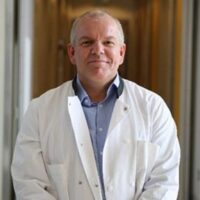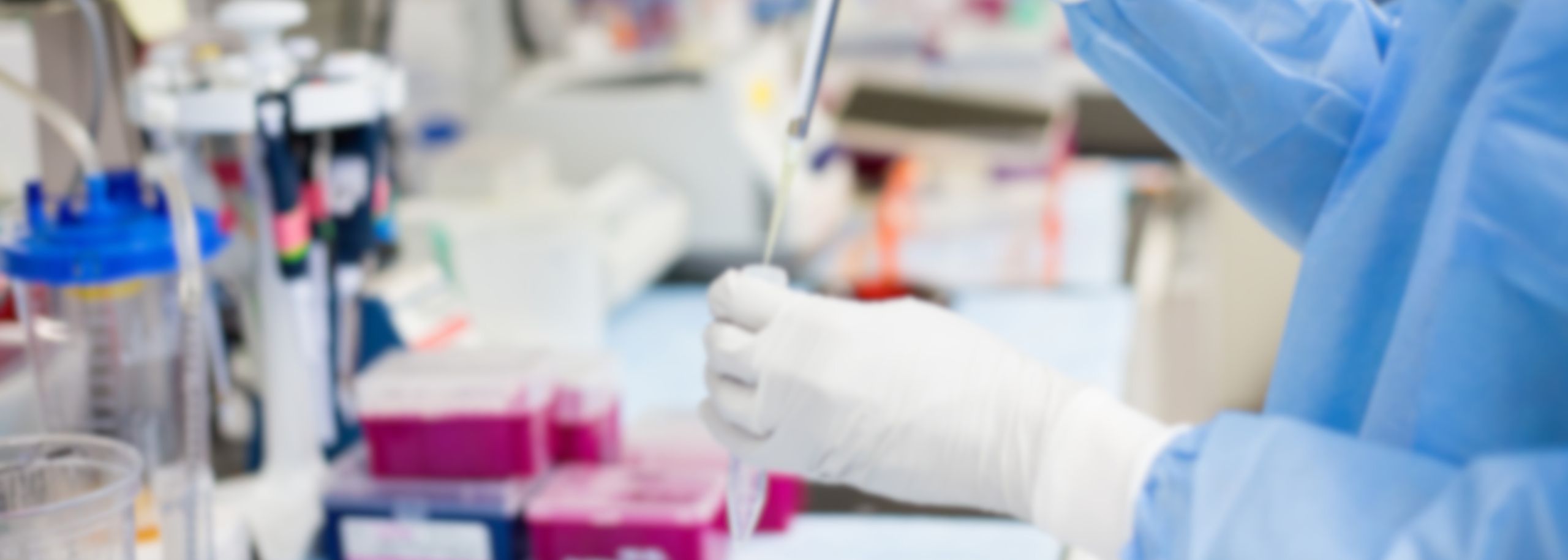Researchers from the University of Munich have made a remarkable discovery. The human heart is a complex organ composed of several critical layers, and mimicking these layers in an organoid is quite challenging. But now, these researchers have succeeded in creating a heart organoid that spontaneously develops two of these important layers. This achievement could make their model highly suitable for (animal-free!) drug testing.
The organoid model developed by the Munich researchers autonomously develops the outer covering of the human heart. These cell layers surrounding the heart muscle tissue are known as the myocardial (muscle layer) and the epicardium (outer layer).
Small, artificial hearts
Heart organoids are essentially small, artificial hearts cultivated from human cells. They may not look like it to the naked eye, but in their structure and function, they closely resemble a real human heart. This provides scientists with a unique opportunity to study how a heart responds to certain substances and medications in detail. Thus opening the door to an entirely new way of conducting research.
Completing the puzzle
Every year, thousands of animals are still used in research on cardiovascular diseases. However, change is underway. More and more animal-free models are being developed that closely mimic parts of the human heart, and this new organoid model is a valuable addition.
The development of the autonomous heart organoid aligns with the research conducted by Prof. Robert Passier and his team at the University of Twente. He previously demonstrated that when different heart cells are combined, they naturally organize themselves into a heart structure.
Prof. Robert Passier: “Studies like these inspire our own models. The self-organization of the models in this research, particularly the formation of the epicardium as the outer cell layer around the myocardial muscle layer, is novel. This provides us with new insights into how the signaling systems in the heart function during heart development and diseases. Combined with the findings of our own research, this development represents important steps toward a more reliable model for drug testing.”

The next step? Optimizing and standardizing the autonomous heart organoid to make it suitable for large-scale drug and treatment testing.
Are you conducting animal-free research or planning to do so?
Achieving an animal-free world is a collective effort. That’s why we have been collaborating with brilliant researchers like Robert Passier for years, making animal-free innovation possible. If you are working on an animal-free project or planning to start one, you can apply for financial and/or in-kind support from us.
Source: nature.com

